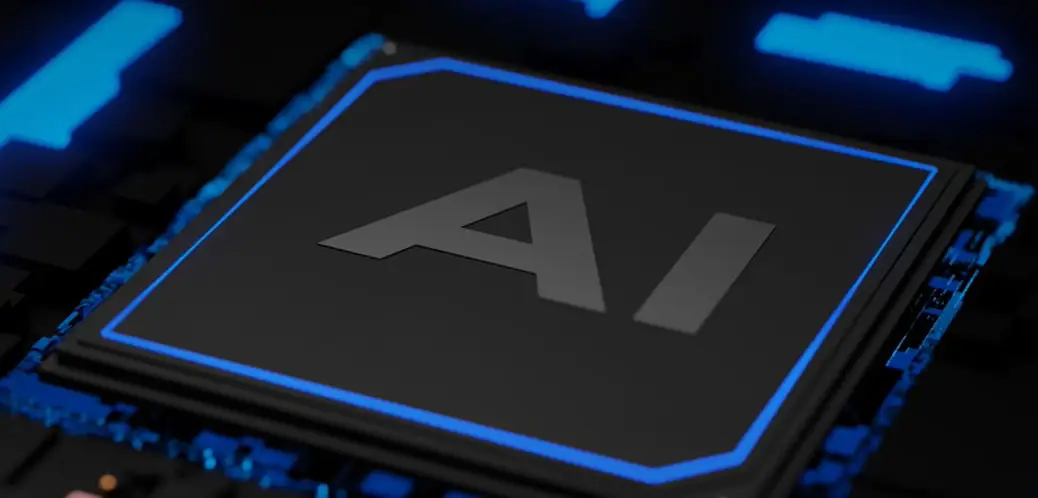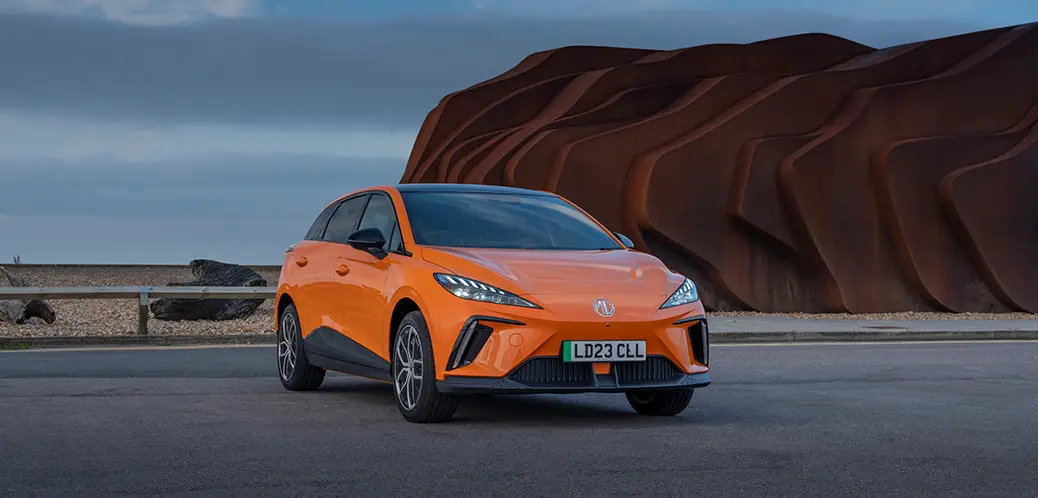• UK-based D2H introduces aerodynamic simulation to pre-season control testing regime
• VCAT test days now incorporate use of bespoke active ride-height system designed and developed by D2H
• Data sharing ensures all non-homologated teams can benefit from VCAT test results
The UK-based advanced engineering specialist, D2H Advanced Technologies, has worked intensively with the Supercars championship organisers in Australia to develop their pre-season performance testing regime. The engineering specialist analysed and redesigned the Vehicle Control Aerodynamic Testing process (VCAT) to promote technical parity in vehicle performance throughout the grid and encourage the closely fought racing associated with a tightly governed series.
“The aim of the VCAT test process is to enhance the championship’s racing thrills, by ensuring the manufacturers’ performance levels are closely aligned,” explains D2H aerodynamics engineering director, Chris Hebert. “Part of this is to overcome the aerodynamic advantages inherent in the design of differing bodyshells.” In a championship where drivetrain and chassis are so closely monitored in the search for visceral, anybody-can-win racing, aerodynamics can skew conditions to favour one brand over another. “The Supercars organisers asked us to use our experience to help update the VCAT process using best-in-class technology, to keep pace with aerodynamic developments generally and eliminate undue competitive advantage. Results in 2020 would suggest that we have been successful in doing so.”
D2H, founded by engineers in pinnacle motorsport, has a wealth of experience in using Computational Fluid Dynamics and Artificial Intelligence to create accurate, repeatable simulation in both motorsport and road vehicles. The company’s solution involved the aerodynamic simulation of both manufacturer’s cars before the test event, reducing the duration of the event itself. “Our simulations were extremely accurate when compared to the VCAT tests, which is both gratifying and useful: we were able to anticipate aspects of each car’s performance beforehand, cutting time down at the test event,” says Hebert, adding that this provided a significant cost and time advantage to competitor teams and manufacturers.

Part of the VCAT process developments devised by D2H included the design, manufacture and implementation of a ride height control system for the test cars of the two manufacturer homologation teams. This ensured absolute uniformity of vehicle set-up throughout the test by controlling the test vehicles’ ride height
“The ethos of the Supercars Championship is based on technical parity, not sporting parity, and on any given day, the best driver supported by the best team, which adapts quickest to various track conditions, can win. Results in 2020, with excitingly split podiums, would suggest that the evolution of the VCAT process is helping to achieve this through technical parity between each of the brands within the series,” says Australia Supercars head of motorsport, Adrian Burgess. “For 2020, we were keen for VCAT to encourage data sharing so that it was not only the two homologated teams involved which would benefit from physical testing. The aim is to accelerate the learning curve of all teams – whatever their budget – achieving parity and ensuring that the team which makes best use of available data can support its drivers to the fullest degree. It’s important that, come race day, privateers can have a shot against the homologated manufacturer teams which provides closer, more thrilling and unpredictable racing.”
The data sharing referenced by Burgess relates to the complete service provision of D2H. The company ran the latest VCAT using a team of its own engineers and completed its own data capture. This data was made available to all teams for further analysis, avoiding any delay in the dissemination of data and ensuring absolute clarity.
“We are delighted to have worked so closely with the Supercars series and are thrilled to have watched some of the cut-and-thrust racing that has emerged in a curtailed 2020 season,” concludes Hebert. “By identifying an opportunity to evolve the VCAT process, we have highlighted the importance of aerodynamics and rigorous analysis – the benefits have been felt not only by the drivers and teams, but by the sport’s loyal fans, who thrive on entertainment.”




